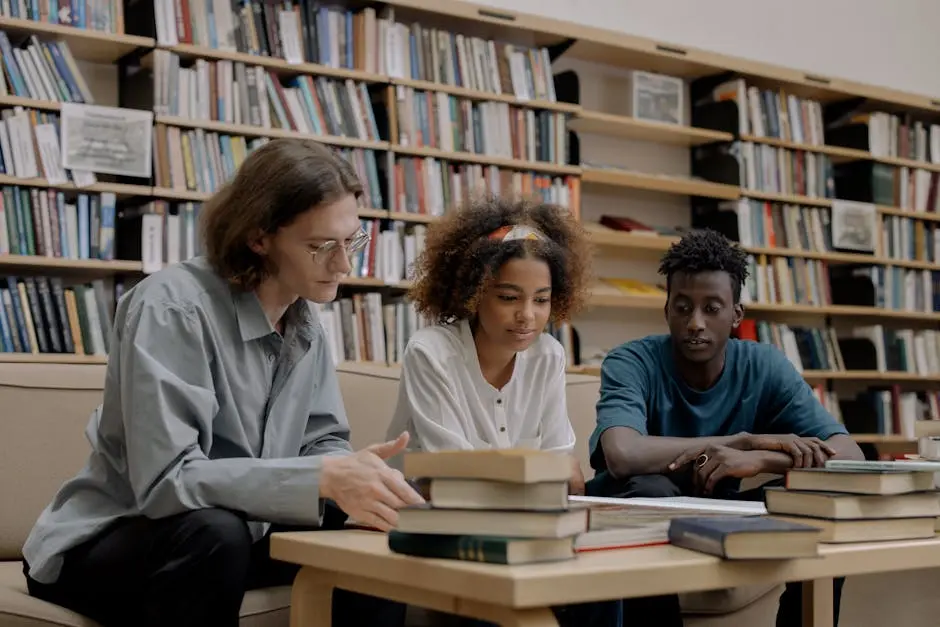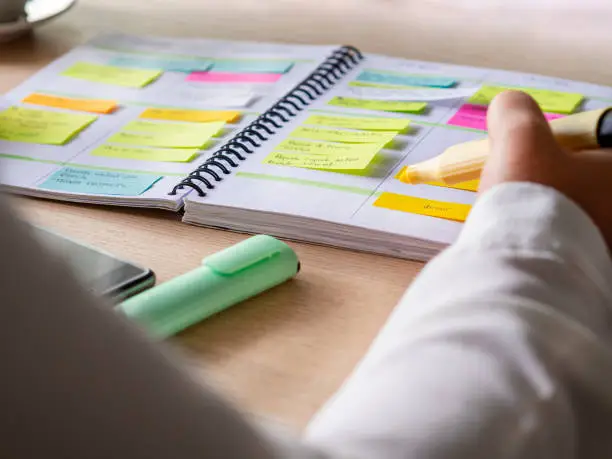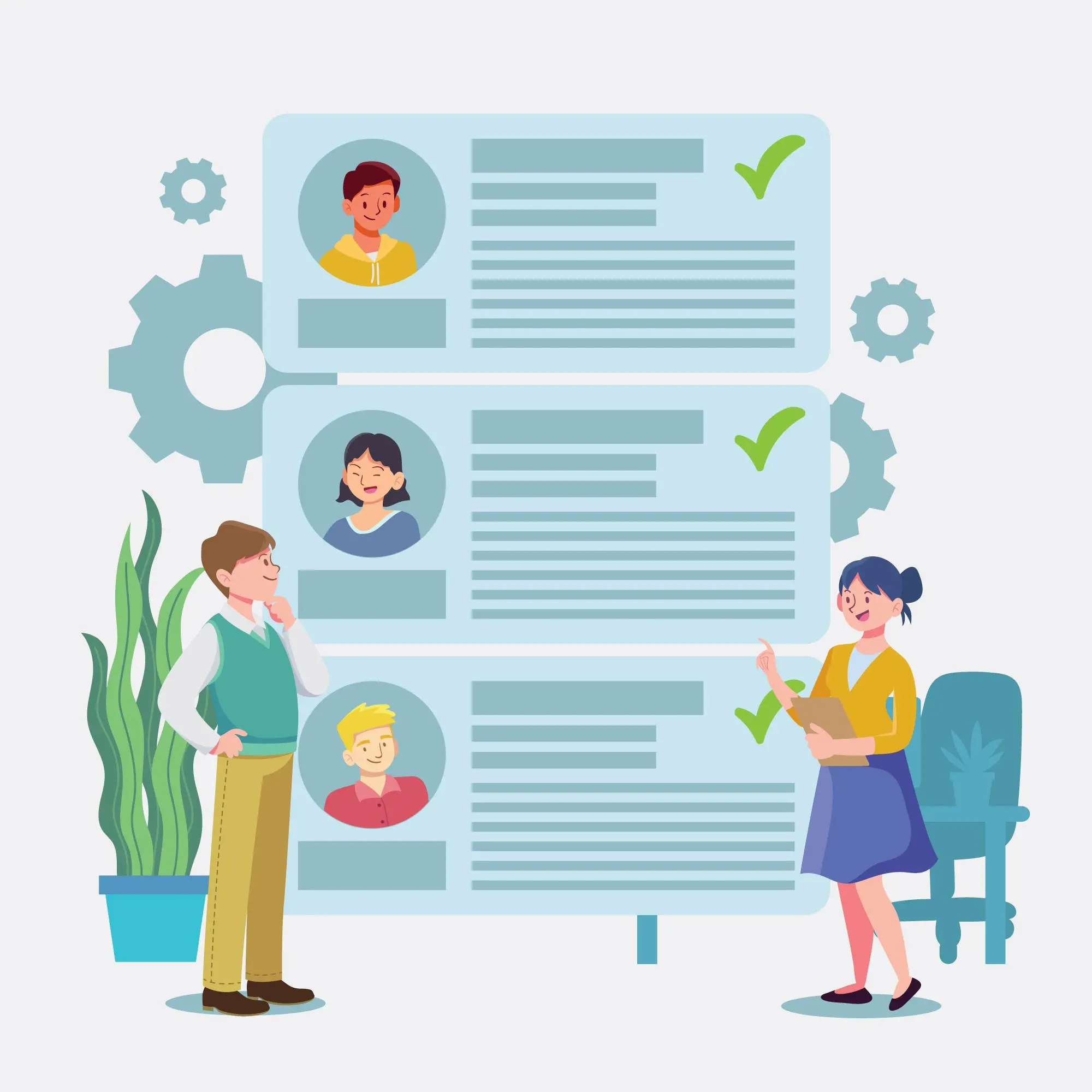Mastering the Art of Studying: Top 7 Study Techniques for Exam Success
Written by Ernesto Gomez · August 13, 2025 · 6 min read

Mastering the Art of Studying: Top 7 Study Techniques for Exam Success
Studying is important. Education is important. That’s what we’ve been told since childhood and all throughout school, and some of us took it more seriously than others. Studying is all about widening and deepening your perspective on a topic, it's about understanding, not just memorizing things.
It is important to learn, but it's also important to learn how to learn. How you are best able to learn. And exams are some of the biggest ways in which our knowledge is tested outside work in the industry of our choice. So here you have some techniques you can use to prepare for those exams.
Proper Preparation
Before you experiment with different methods and techniques of studying, you must prepare yourself. Improvisation is the mother of mediocrity after all. Some of the things you can do to properly prepare, so that all these techniques are as effective as possible, is to get a good night’s rest, listen to calming music to concentrate (not with lyrics as they can be distracting), and eliminate distractions like your social media or time-wasting websites.
Switch up your learning environment, dedicate a specific place for studying, be it at your desk, the local library or wherever you can be that is conducive to your learning. Be sure to stick with it, especially when you are under pressure to perform well.
Plan early and space out practice between days.
The PQ4R Method

This is an acronym that stands for the following steps within the studying strategy. It takes an active approach to learning, which keeps you on your toes while also not feeling too overwhelming in nature. You can use this technique to improve your abilities of memorization and understanding of other information while also employing it in ways that the exam will test you on.
Preview: Preview the information of what you’re trying to learn before you begin. This is all about helping you get an idea of the subject at hand. Skim the material, read only the headers, subheadings and highlighted text.
Question: Ask yourself questions related to the topic, like "What do I already know about this topic?” and “What do I expect to learn or already know so far?”
Read: Read all the information one section at a time and identify answers to your questions, specifically, more so, try to find what main points each section of the information is trying to impart upon you.
Reflect: Did you get all your questions answered? If not, go back and see if you can find such answers in what you read.
Recite: In your own words, speak or write down (by hand) a summary of the information you just read as you best understand it.
Review: Look over the material, see if your summary/understanding still captures what you read and answer any remaining questions you might have.
The Leitner Method
The Leitner System is a system of learning based primarily on flashcards. Created by Sebastian Leitner, this technique is mainly about spaced repetition which gives way to more advanced learning and cards are reviewed at increased intervals. You can mix this technique with other techniques on this list to create your own learning routine.
Ideally, keep your flashcards in several boxes to track when to study each set. Every card must start in Box 1. If you quiz yourself on a card correctly, move it to the next box. If you get a card wrong, move it down a box or keep it in Box 1 (if it’s already there).
Each box will determine how much you will study each set of cards, with a schedule similar to the following:
- Every day: Box 1
- Every 2 days: Box 2
- Every 4 days: Box 3
- Every 9 days: Box 4
- Every 14 days: Box 5
Color-Coded Notes

Messy notes can make it really hard to study, especially when they miss the point of what you are trying to learn. A study made in 2019 (PubMed Central) found that writing in color can improve a person’s memory performance; especially warm colors like red and yellow. Writing in color is a great study method as it is a dynamic way to organize new information while also helping you review and prioritize the most important ideas.
- Writing your notes in color is somewhat simple, bit keep these small tips in mind while you study:
- Write down the key points in red.
- Highlight important information in yellow.
- Organize the topics by color.
- Don’t color everything you read and write, just the key information.
Rewrite Notes By Hand
When you have finished reading the material you are supposed to study, one tip I hear a lot is rewriting your notes by hand. Having them on your computer is good, as typing is faster than handwriting, but writing your notes by hand can help your brain process the information neatly and efficiently. You can also do this to retain information much better because you are engaging your motor function and activating connection patterns spanning visual regions, regions that receive and process sensory information. By producing something tangible, you boost your memory.
Take Advantage Of Practice Tests
If you were given a practice test by your teacher, use it! You have been given a great chance to better succeed in the future exam. Use these practice tests to test yourself in ways that force you to struggle with the material. Reading is a good way to study, but it's mainly a passive form of learning, whereas testing is active learning. While we often think of memory like a cabinet where we store information, it's actually more like a muscle.
Actively engage with the material and practice questions online and you will be ready for whatever the exam has in store for you.
Music & Learning
Listening to music while you study is very useful for your concentration. Lofi soft background noises, for instance, are great for studying. However, I do not recommend that you listen to music with lyrics, as they can be distracting and won’t allow you to focus on the material. There are many playlists on YouTube that go on for hours, and even some 24/7 livestreams full of nothing but this specific type of music. I personally recommend giving it a try.
Understanding & Cramming
Cramming is basically studying with great intensity, putting a lot of knowledge in your head very quickly. And while it can work for some, it rarely ever comes up as a reliable strategy in the long run. You need to stop cramming and start learning. This section is more so about understanding why cramming is so ineffective. Study with people who know the material, not just your friends. Pay attention during class. Organize and plan ahead of time, make a list of topics, have good classmates to help you in check or accountable, have others quiz you and quiz your partners. But cramming will not save you from poor performance, it might push you further into it.
There is no single “right” way of implementing spaced studying and interleaving. A lot will depend on your individual ability and on the specific things you are studying for, but the important takeaway from this is that you should use these strategies to introduce a level of difficulty into your studying, a level of difficulty that motivates you to be better.
Go with what best fits you, and be as ready for a challenge as you can.



